Right now, much of the food sent to space is dehydrated or vacuum–packed, but fresh food might be on the horizon for space explorers. The University of California has genetically engineered a cherry tomato plant that is currently undergoing NASA observation at the Kennedy Space Center in Florida. Within the next year, researchers hope that its seeds will be the first ever to germinate in the International Space Station’s Advanced Plant Habitat laboratory, 260 miles above Earth.
The hope is that the cherry tomato seeds will produce fruit, and then that fruit will produce more seeds, which will be planted again to produce more fruit. “It’s going to be a seed-to-a-seed-to-a-seed, which has never been done before in space,” said Robert Jinkerson, an associate professor of chemical and environmental engineering at the University of California.
Pexels
Table of Contents
Why NASA is growing plants in space
Eventually, the University of California’s cherry tomato seeds might provide astronauts with a sustained, tasty, and fresh source of nutrition—vital for the type of long space exploration trips NASA wants to see in the future. In the 2030s, the US government agency is hoping to send astronauts to Mars, for example.
“A lack of vitamin C was all it took to give sailors scurvy, and vitamin deficiencies can cause a number of other health problems,” notes the NASA website. “Simply packing some multivitamins will not be enough to keep astronauts healthy as they explore deep space. They will need fresh produce.”
There are many projects on the go that aim to provide astronauts with fresh produce. On the International Space Station, there is a small vegetable production system called Veggie that can hold up to six plants at a time. In Veggie, each plant grows in its own special “pillow,” which is filled with a clay-like material and fertilizer and helps to give plant roots the right amount of air, water, and nutrients (without these pillows, water, and air would behave strangely in space, either flooding the roots with too much water or trapping them in air bubbles).
So far, Veggie has produced a range of plants, including red Russian kale, zinnia flowers, and three different types of lettuce.
“Good food, proper food with a lot of variety, tailored to the needs of the individual astronauts is crucial for a successful deep space mission. I think people underestimate how important it is.” —Sonja Brungs, ESA’s astronaut operations deputy lead, to the ’BBC’
There’s also the Advanced Plant Habitat, where NASA hopes to plant cherry tomato seeds. It’s similar to Veggie, as it uses clay material and slow-release fertilizer, as well as LED lights, but it also differs in many ways. The habitat is fully enclosed and runs automatically with more than 180 sensors that keep track of everything, like water, air, moisture, and temperature.
The Advanced Plant Habitat system is controlled by a team at the Kennedy Space Center. When plants are ready to be studied, astronauts collect samples, preserve them, and send them back to Earth to see how space affects their growth.
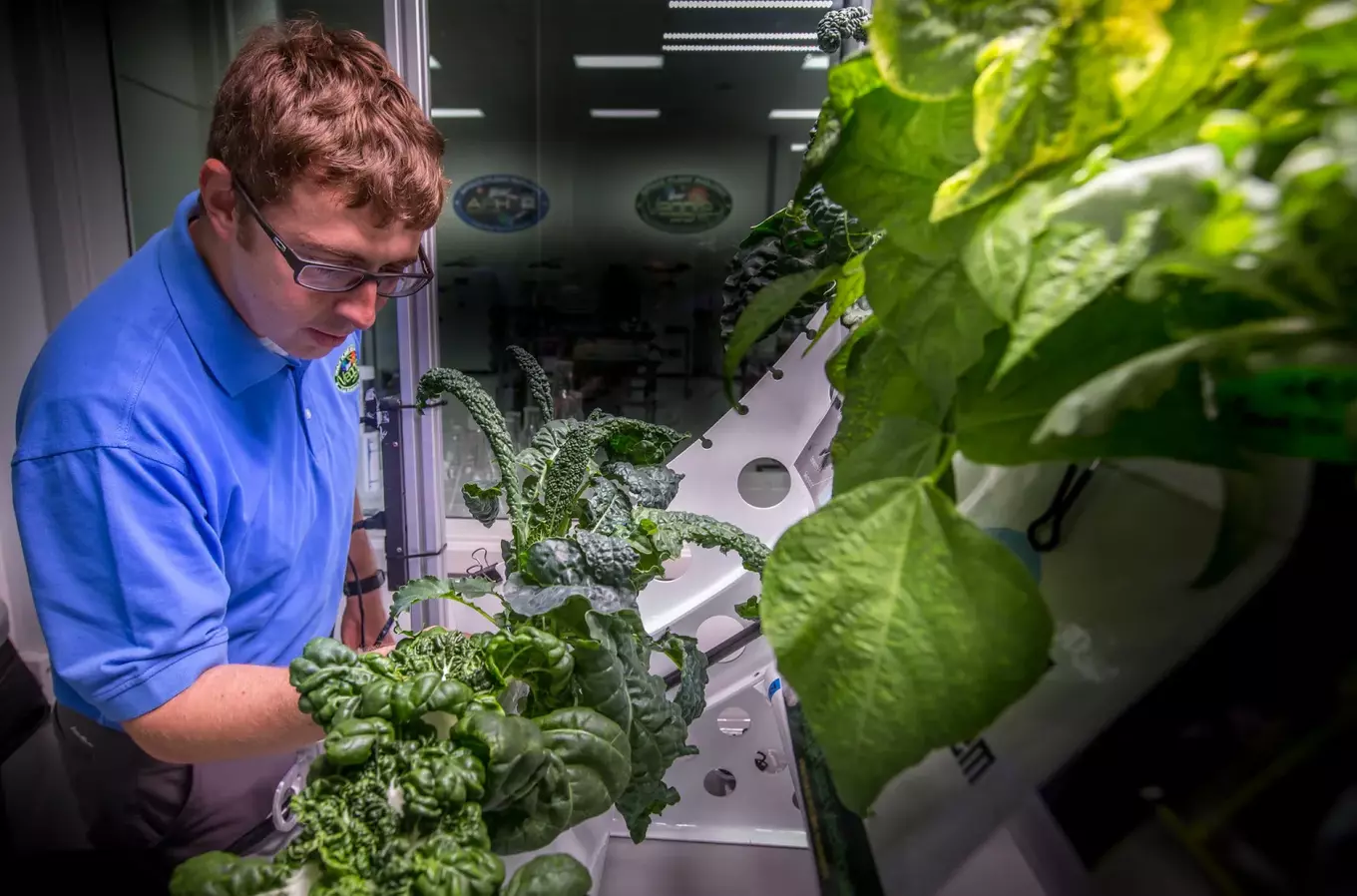 NASA/Cory Huston
NASA/Cory Huston
What other foods are suitable for space?
Jinkerson’s focus isn’t just cherry tomatoes. The professor is also working on a mushroom that can be grown in space, after receiving $250,000 from NASA to create a compact system that produces enough mushrooms to provide astronauts with around 4,000 calories per day.
Research suggests that fungi will be a key part of space diets in the future. “Fungi is very versatile,” Carlos Otero, who works in the R&D team at Mycorena, said. The Swedish food technology brand also has funding from NASA and is currently working on a mycoprotein made from a mix of fungi and microalgae. “It can grow on different substrates, it grows fast and you can design a small and efficient system capable of producing enough food for the crew,” he added. “It is also very robust, resistant to radiation, and easy to store and transport.”
In 2022, a vegan fungi protein bioreactor from Chicago-based company Nature’s Fynd also orbited aboard the SpaceX-25, a Commercial Resupply Service mission (CRS) to the International Space Station that was a collaboration between NASA and Elon Musk’s spacecraft company SpaceX.
The bioreactor grew Fy, Nature’s Fynd’s own nutritional fungi protein. “Our breakthrough fermentation system is relatively simple, uses minimal energy and water, and delivers a nutritious protein that is easy to harvest, with little to no waste in a matter of days—as perfect for space as it is here on Earth,” said Thomas Jonas, CEO and co-founder of Nature’s Fynd at the time.
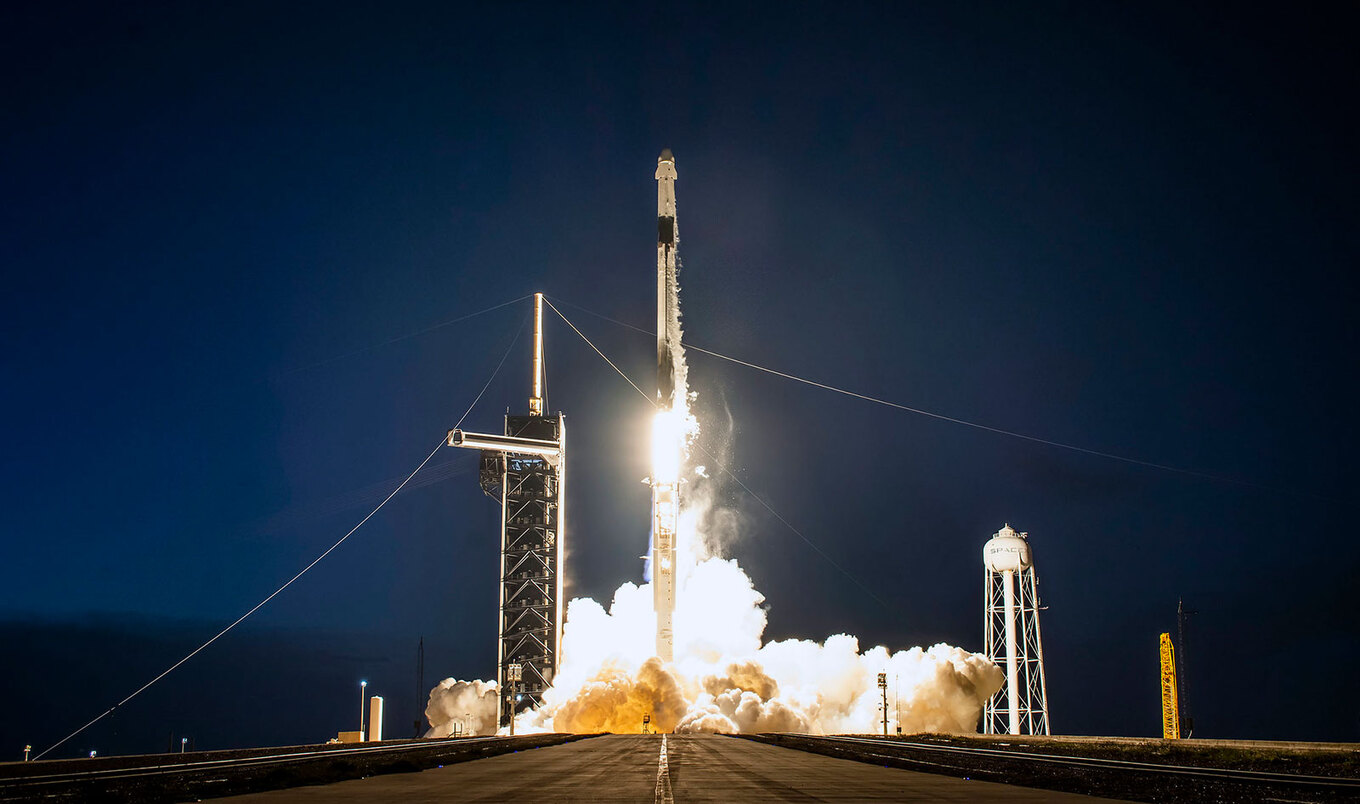 SpaceX
SpaceX
Experts have also experimented with growing cultivated meat in space. After all, it would be extremely difficult to produce traditional meat on board a spaceship. In 2019, Aleph Farms worked with the International Space Station to grow the first-ever piece of cultivated meat in space.
“Developed countries have the historical opportunity to move away from farming and killing animals, being a very inefficient process to produce food, unsustainable for the planet, dangerous for our health and raising more and more ethical concerns among the population.”—ESA engineer Paolo Corradi
In 2023, the ESA revealed it was also exploring the idea of cultivated meat in space. Its study teams concluded that the idea is “not far-fetched,” although further research is required.
ESA engineer Paolo Corradi noted that the research could lead to much-needed food system transformation on Earth, too. “The feeling is that we are at the beginning of a process that could transform the industry, making the conventional meat production model obsolete,” he said.


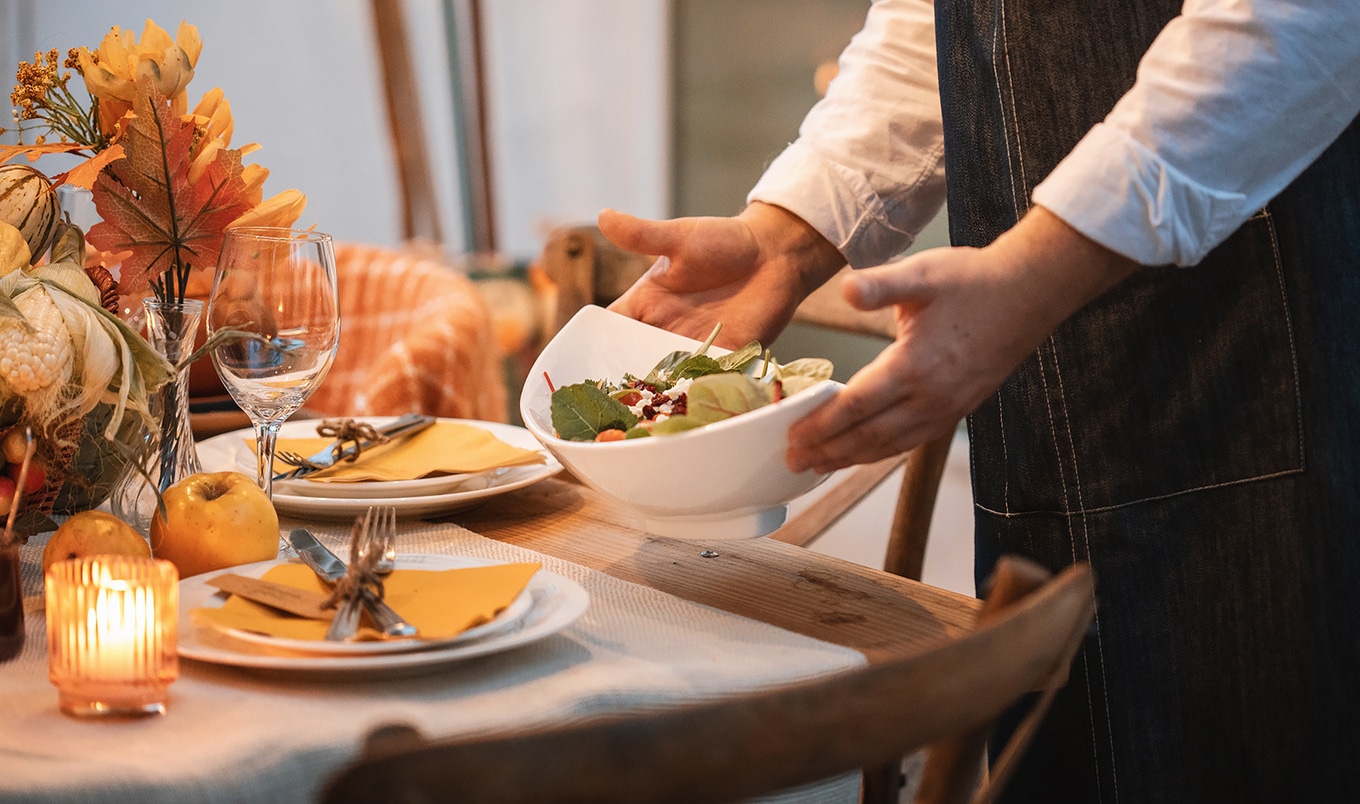
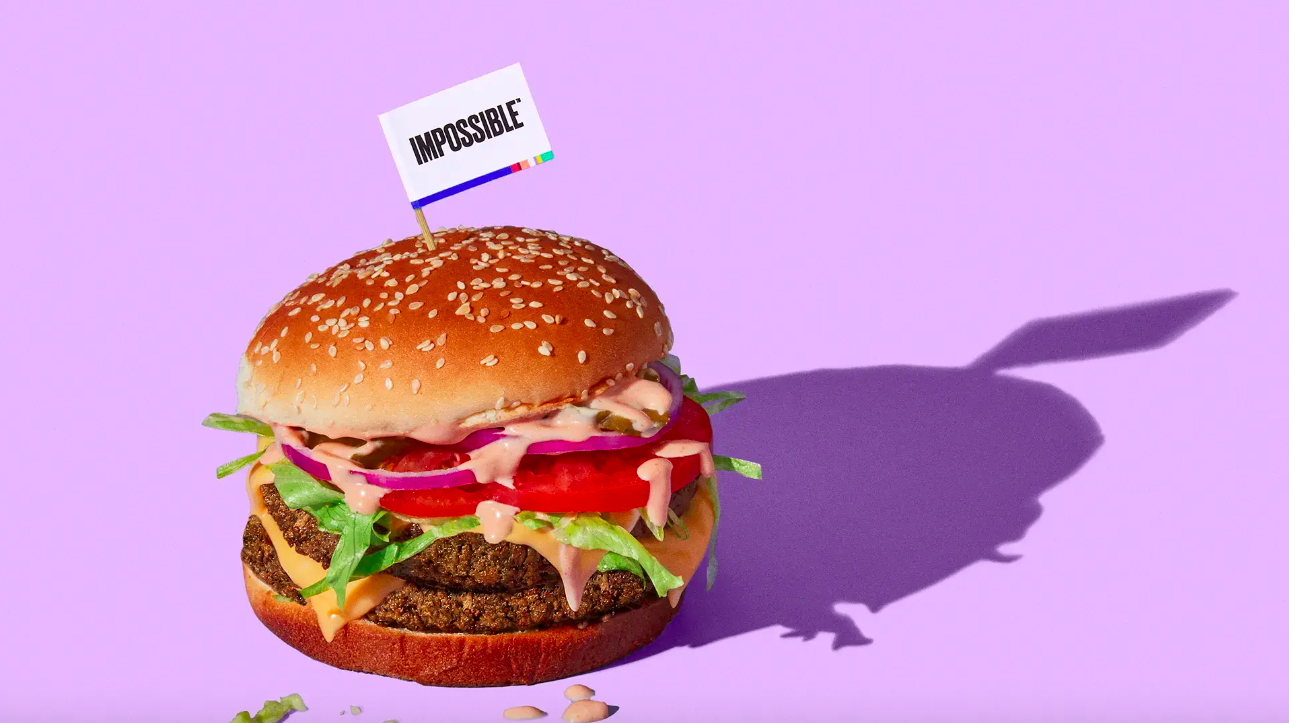
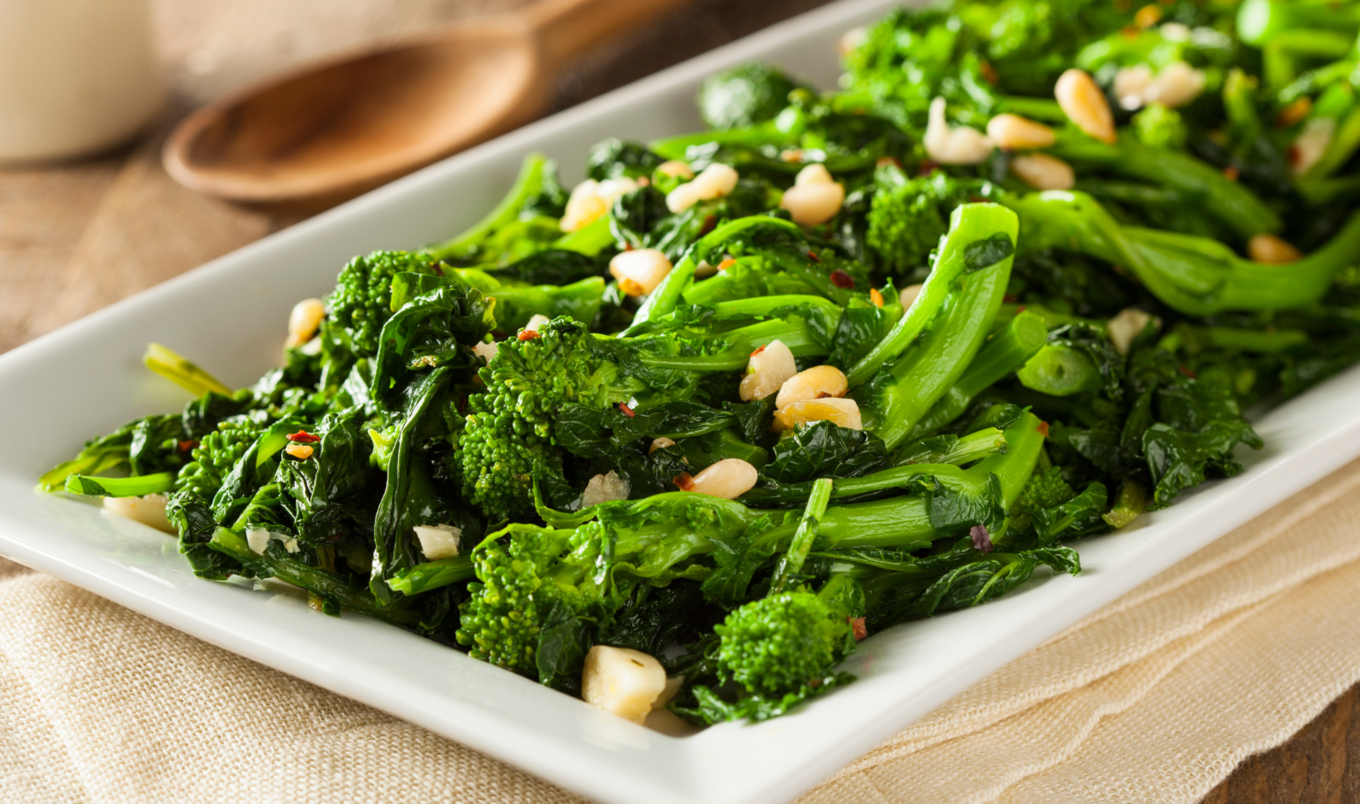


.jpg?sha=1491c255b49d3e03)